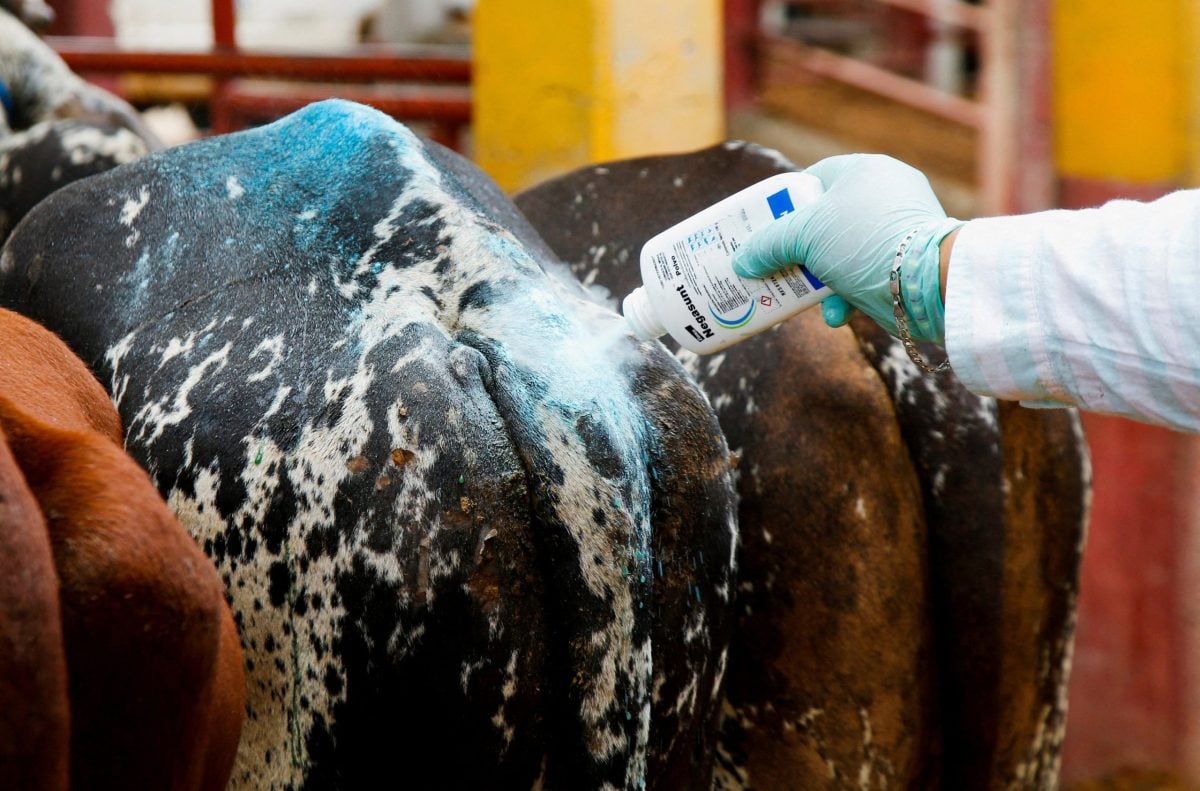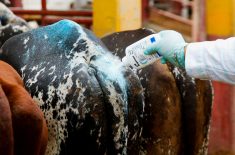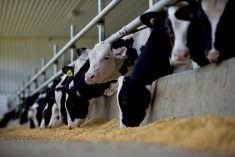An Alberta resident who died on returning from a visit to Beijing has been confirmed as North America’s first and only human case of H5N1 avian influenza.
Federal and provincial health officials on Wednesday emphasized the death is an isolated case, the flu is not the same as the seasonal flu, the risk of transmission is “very low” and there’s no evidence of sustained human-to-human transmission of H5N1.
“I expect that with the rarity of transmission and the additional precautions taken, there will be no more cases in Alberta,” provincial Health Minister Fred Horne said in a release Wednesday.
Read Also

Mexico agriculture secretary says still no date for restarting cattle exports to U.S.
Mexican Agriculture Minister Julio Berdegue said on Wednesday that Mexico and the United States have not yet set a date to resume Mexican cattle exports amid an outbreak of the flesh-eating screwworm parasite.
No other illnesses of this type have been identified in Canada since the traveller returned from China, Dr. Gregory Taylor, Canada’s deputy chief public health officer, said during a technical briefing Wednesday.
The victim, whose name, home community and exact age were not released, began to feel “unwell” on a flight from Beijing to Vancouver (Air Canada 030) and from Vancouver to Edmonton (Air Canada 244) on Dec. 27, Taylor said.
Symptoms then worsened and the individual died in hospital on Jan. 3, he said.
The province on Sunday notified the federal Public Health Agency (PHAC) of the case, and the Winnipeg-based National Microbiology Lab received specimens Tuesday, confirming H5N1 that night, he said.
CBC on Wednesday quoted Taylor as saying the victim as a woman, “relatively young” compared to Taylor (age 58). “All evidence is indicating that this is one isolated case in an individual who was infected following exposure in China,” he said Wednesday.
However, the network also quoted Alberta health officials as saying the woman did not leave Beijing during her visit, nor did she visit any farms or markets.
Provincial public health officials have followed up with all “close contacts” of the victim and offered the influenza inhibitor drug Tamiflu as a precaution, Horne said.
“None of them have symptoms and the risk of developing symptoms is extremely low,” he said. “Precautions for health care staff were also taken as part of this individual’s hospital treatment.”
Taylor on Wednesday noted that while it’s not yet known how the victim caught H5N1, the federal government recommends anyone travelling to an area where any avian influenza is a concern should:
- avoid high-risk areas such as poultry farms and live animal markets;
- avoid “unnecessary” contact with birds;
- avoid surfaces that may have bird droppings or secretions on them; and
- make sure all poultry dishes are well cooked, including eggs.
H5N1, which circulates among birds — mainly poultry — has been found in birds in Asia, Europe, Africa and the Middle East. There have been fewer than 650 human cases of H5N1 in 15 countries over the last decade, primarily in people who were exposed to infected birds, Taylor said.
In 2013, the province noted, there were 38 human cases of H5N1 reported to the World Health Organization, including 24 deaths. The WHO today publishes information on H5N1 cases only on a monthly basis. — AGCanada.com Network
Related stories:
New bird flu poses ‘serious threat,’ WHO says, May 1, 2013
CFIA urging flu shots for livestock workers, Dec. 9, 2011
UN agency warns of possible bird flu resurgence, Aug. 29, 2011











